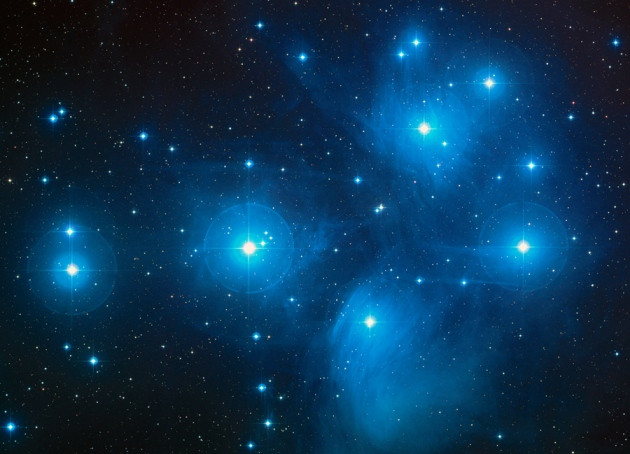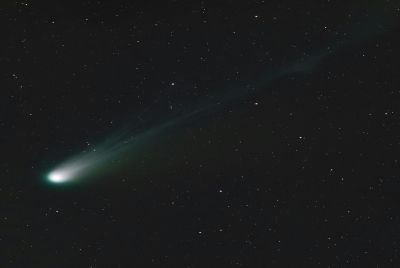Astronomy: New Findings Stoke Old Row Over Distance to Pleiades

The distance to the Pleiades constellation, known as seven sisters, has once again split the astronomer community, with one side swearing by radio astronomy and the other going by the Hipparcos satellite measurements.
The latest findings from a US team led by Carl Melis of the University of California, San Diego, and his colleagues measured parallaxes of four Pleiades stars whose average distance turned out to be 444 light years with an uncertainty of just four light-years, reports Nature.
The finding is in good agreement with more than a dozen previous measurements to the Pleiades, made using multiple techniques.
But it does not agree with the Hipparcos data released in 1997 which said the cluster was much closer at 392 light years. This had meant the stars were less luminous than believed.
While the disagreement in the two measurements may seem trifling considering they vary by a mere 50 light years, a light year is around ten trillion kilometres.
The distance of a star is very crucial in arriving at calculations of its luminosity, age and diameter.
Using an array of 13 radio telescopes as one giant, Earth-sized telescope, the US team calculated the distance to the Pleiades cluster by watching five of its stars (two of them forming a binary system) over a period of 18 months.
They calculated the cluster's distance by watching four of its stars appear to shift in the sky as the Earth orbited the Sun.
Nearby stars seem to shift back and forth relative to distant ones. Using a measure of the Earth's orbit and the parallax angle, the star's distance can be measured. One arcsecond angle corresponds to 1 parsec (3.2 light years).
The less those stars shifted relative to the background, the farther away they were.
Hipparcos used the same parallax method, but its cameras could not detect background galaxies for reference.
Instead, it checked all of its surveyed stars against every other star in its 118,000-strong catalogue, a monumental task that required two independent teams to verify each other's work.
The Pleiades cluster is made of young stars, only 100 million years old, and visible to the naked eye in the Taurus constellation.
Many of the consensus measurements were made using the apparent brightness of the stars, and compared that with their intrinsic brightness based on models of their stellar composition.
If the Hipparcos distance is correct, it challenges scientists' understanding of young stars — and everything that happens to them afterwards, including the fate of their planetary systems, says Carl Melis, an astronomer at the University of California in San Diego.
Hipparcos surveyed almost 120,000 stars two decades ago to generate a three-dimensional map of the skies. Published in 1997, that map is the most complete stellar survey of its kind.
Unfortunately, a booster aboard the satellite failed to fire, leaving the satellite in a highly elliptical orbit around Earth and complicating analysis of the data.
© Copyright IBTimes 2025. All rights reserved.




















